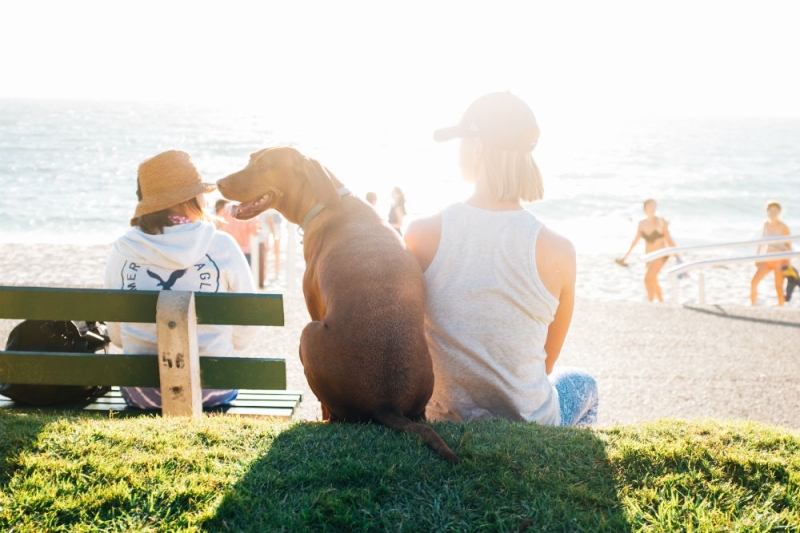
Owners of dogs and cats know that before planning a trip, you must first take care of who your pet will stay with: call relatives or friends, find a good hotel for animals. But there is another way: take Barsik or Barbos with you. Today we’ll figure out how to make this mission feasible.
Note that in the article we are talking about cats and dogs – we think that rare travelers decide to take their favorite axolotl, rabbit or aquarium fish with them on vacation. Although we note that by train, for example, all of the listed pets can travel without problems.

How to transport an animal on a long-distance train
First, buy a special ticket. Any animal should have it, regardless of species, breed or size. Such a ticket can only be purchased at the Russian Railways ticket office. The cost differs depending on the destination. For example, you can show a Moscow cat St. Petersburg for about 400 rubles – the same price as a ticket for a regular, non-high-speed train. The price is also affected by the class of service and travel distance.
One person can transport no more than two animals. If you plan to go on vacation with three dogs, take one more person with you, otherwise you will not be allowed on the train.
According to Russian Railways rules, animals can be transported in separate compartments, but not in a reserved seat or SV. In high-speed trains such as Sapsan or Lastochka, the carriage of animals is also allowed, but not in all cars, but only in certain places (for example, in Sapsan these are seats 1-4 in cars 3 and 13 and seats 65-66 in 8 and 18 cars). And if these seats are already taken, you will have to buy tickets for another train.
Small pets must be transported in special cages or containers that are placed in areas designated for carry-on luggage. The size of the carrier in the sum of three dimensions should not exceed 180 cm. If your Barbos does not fit into such a cage, then, according to the rules of Russian Railways, he is a large dog and can travel without it, but then he must be muzzled and with a leash. Please note that a large dog needs a separate seat: that is, in a compartment in which, for example, a Great Dane or a Shepherd is traveling, there can be no more than three people.
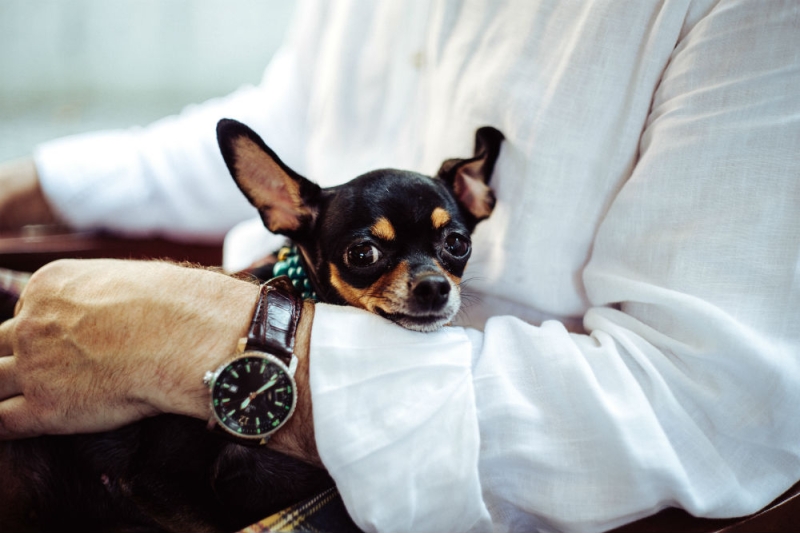
Now let’s talk about veterinary documents. If you are traveling in Russia, according to the updated rules, you do not need to obtain veterinary passports and get any vaccinations. When traveling abroad by train, everything is a little more complicated: at a minimum, you will need a veterinary certificate in Form No. 1 and a veterinary certificate. To receive all this, the animal needs to obtain a veterinary passport and receive all the necessary vaccinations (marks about them must be in the passport). The animal may also need to be microchipped. It is better to clarify the exact list of certificates and vaccinations in advance – it may differ for different countries. Look up the rules for importing animals into the country you are traveling to. Allow a few weeks to complete the paperwork, but keep in mind that the veterinary certificate is valid for 5 days.
When traveling on a train, owners of dogs and cats must ensure compliance with sanitary and hygienic conditions in the carriage. So feed and walk the animal in advance and take everything you need with you – water, food, napkins and disposable diapers.
Guide dogs accompanying disabled people are a different story. They can travel in all types of carriages; they do not need to buy tickets. The dog must have a collar and muzzle and be at the feet of the passenger it is accompanying.
Summary for those who are more comfortable reading lists. To bring a dog or cat on the train:
1. Find out on the Russian Railways website or in the support service of the ticket sales service which trains and carriages going in the direction you need can carry animals.
2. Buy a special ticket for your pet at the station ticket office. Such tickets are not sold online.
3. Buy a carrier whose total dimensions do not exceed 180 cm, or a leash and muzzle if your dog does not fit into such a carrier.
4. A couple of hours before the trip, feed and walk the animal so that it relieves itself and does not disturb anyone on the train. Bring wipes and diapers with you.
5. If you are traveling abroad by train, find out what documents are needed to bring an animal into the country and start filling them out. In any case, you will need to get a veterinary passport and get basic vaccinations, and perhaps also get a chip.
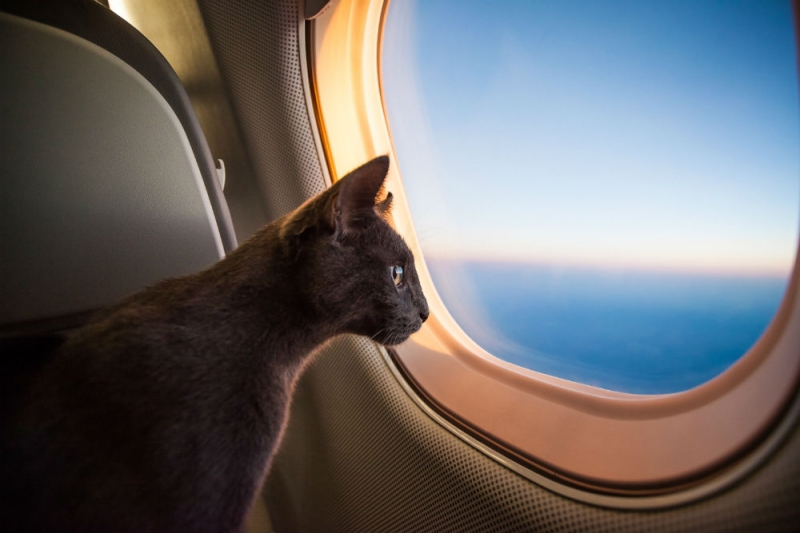
How to bring an animal on a plane
Rules for transporting animals vary from airline to airline, so the first thing you need to do is call the company whose ticket you are planning to buy and find out all the details.
The airline must also be notified in advance – no less than 2 days before the flight (or even better immediately after purchasing the ticket) – that you are flying with an animal. The fact is that all airlines have quotas for transporting animals on flights, and if the maximum number of pets is already registered for the flight you need, you won’t be able to take your dog or cat with you.
When transported on an airplane, an animal is considered luggage, so it does not need a separate ticket, like on a train, but a piece of luggage. As a rule, transportation of an animal is not included in the free baggage allowance and is paid for as non-standard baggage. Fares vary by airline. For example, with S7, transporting an animal costs 2,000 rubles or 50 euros, with Ural Airlines – 2,500 rubles. Aeroflot will charge you 50 euros, and Pobeda – 1999 rubles, but you need to pay for such baggage no later than 4 hours before departure. Therefore, we remember the main rule: a few days before the flight, we call the airline and find out what is needed to transport the animal.
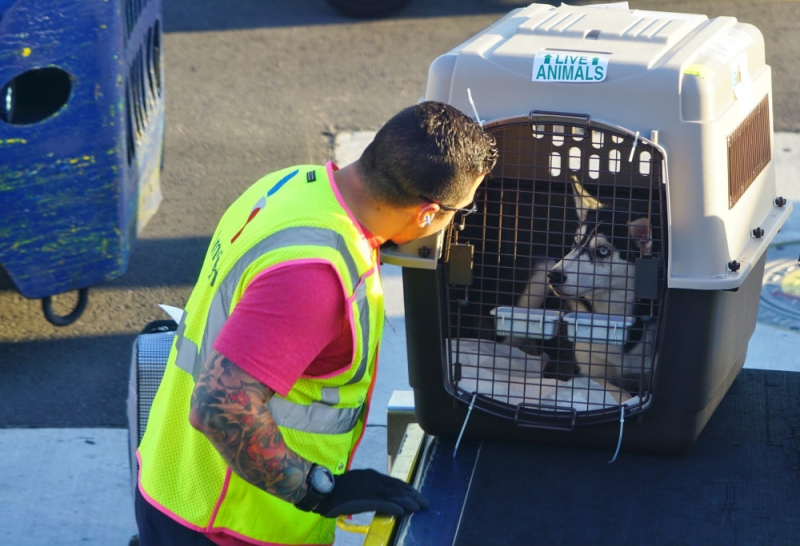
The second most important question is where the animal will fly. And here everything again depends on the airline, but usually small animals are allowed in the cabin. By “small”, different companies again mean different things: Aeroflot and Lufthansa allow the carriage of animals or birds whose weight, together with the cage or carrier, does not exceed 8 kilograms. For UTair and Alitalia this norm is 10 kg.
The number of animals in the salon is also limited. Pobeda allows you to transport no more than four animals, and they must be no closer than five rows from each other. And, for example, Lufthansa will accept no more than two animals into the cabin. The type of animal is also taken into account: almost all airlines do not allow cats and dogs into the cabin at the same time. So if a cat is already checked in for the flight, your dog will only be accepted into the luggage compartment, and vice versa – but again, it’s better to clarify this point with the airline.
A separate line includes dogs belonging to potentially dangerous breeds. It is better to find out what these breeds mean from the specific carrier, but usually these are large dogs, which in any case are transported in the luggage department. The only peculiarity is that for such dogs some airlines require the purchase of special reinforced cages. If you don’t know whether your bull terrier or boxer is a potentially dangerous breed, check with the airline in advance.
In both the cabin and luggage, the animal must be kept in a cage or a special container. The cage must be of such a size that the animal can stand in it at full height and, if desired, be able to turn around itself 360 degrees. The container must have ventilation holes and secure locks. If the animal travels in the luggage compartment, the cage must be equipped with handles for lifting and carrying.
When flying, an animal must have a veterinary passport with vaccination records for a certain period of time (at least a rabies vaccination). For international flights you will also need an international certificate form 5A. But in any case, you need to find out the full list of required documents from the specific airline, and also check the information at the consulate of the country into which you are importing the animal. The fact is that different countries have different requirements for the import of animals. For example, in China, by default, all animals must undergo quarantine, the period of which ranges from 2 weeks to 30 days, so there is no point in going with your pet to Beijing for a week.
It is very important to arrive at the airport with your animal in advance so that it can go through security without any problems. The fact is that before the flight the animal must undergo veterinary control at the airport, and there may be queues there. Unfortunately, it is not possible to pass this control in advance, since the documents are valid only for 24 hours. The veterinarian will check all the animal’s documents and, if you are flying abroad, will fill out an international certificate. This procedure is free.
You can only check in for a flight with an animal at the airport; this cannot be done online. Please remember that check-in usually opens 3 hours before departure.
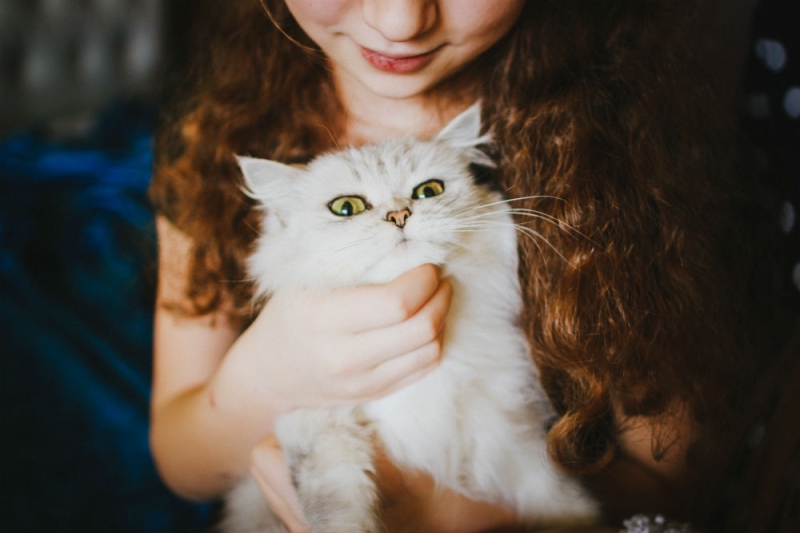
Please note that some animals cannot be transported by plane. You will not be allowed on a plane if you are traveling with kittens or puppies that are under 8 weeks of age, as they are at high risk of dehydration during the flight. Some airlines also do not accept brachycephalic (flat-faced) dogs and cats on board,
which include, for example, bulldogs, pugs, Pekingese, and of cats – Persian, Himalayan, British and other breeds. The fact is that due to the structural features of the skull, these animals tolerate changes in pressure and temperature very poorly. Some airlines also prohibit the carriage of dogs of fighting and aggressive breeds.
Guide dogs accompanying disabled people, as when transported on a train, are not subject to standard rules: they can be transported in the cabin free of charge in excess of the established baggage allowance. But the dog must be properly trained and have a special certificate confirming this. The dog must also have a muzzle and a leash, which is used to tie it to a chair at the owner’s feet.
Summary. To bring an animal on a plane:
1. Call your airline in advance. Ideally, you need to do this twice: before purchasing a ticket, to find out all the nuances of transporting animals and decide whether you can fly with this airline and whether the conditions suit you, and a couple of days before the flight, to warn that a dog or cat is flying with you. The first call is optional, the second is mandatory: you and your animal will not be allowed on the plane without warning.
2. Collect a package of necessary veterinary documents. It is better to check its composition with the airline and the consulate of the country you are entering, but at a minimum the animal must have a veterinary passport with a rabies vaccination stamp.
3. Buy a cage in which the animal can stand and turn around.
4. Arrive at the airport with plenty of time – ideally about 4 hours before departure, so that you have time to go through veterinary control, check in for the flight (and, if necessary, pay for your non-standard baggage) and go through all the required security checks.
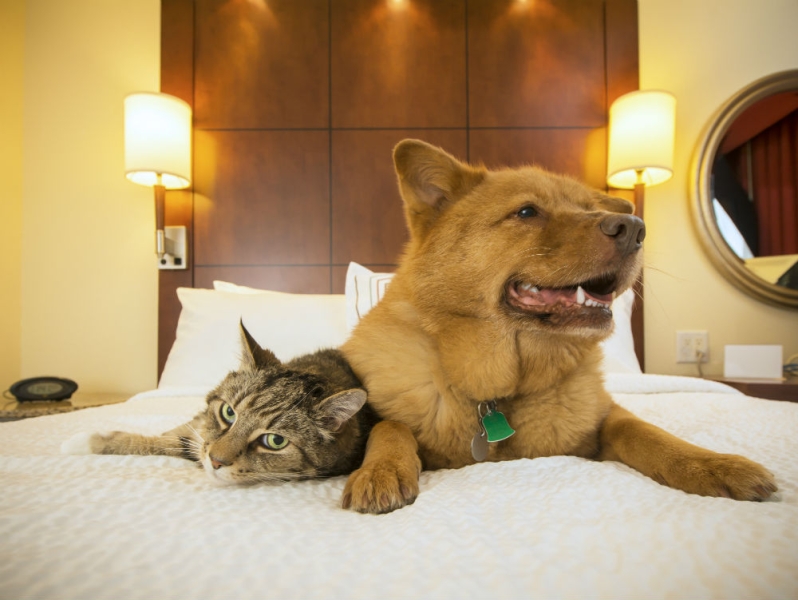
How to stay in a hotel with an animal
When searching for a hotel, immediately check the “Pets are allowed” checkbox – it is usually available in the filters. After that, choose a hotel that suits your budget and conditions. Please note that pet accommodation in most hotels must be paid separately.
Next, you need to contact the hotel to confirm that you will be bringing your pet. At the same time, check the rules for keeping animals in rooms; they may vary from hotel to hotel. On the eve of your arrival, call or write to the hotel again and remind them that you will have an animal with you.
Most often, only one animal can be accommodated in one room. Many hotels accept dogs and cats weighing up to 15 kg as pets. But in any case, it is better to clarify all the details in a specific hotel.
When checking in, you are usually asked to present the animal’s veterinary passport, which contains vaccination marks. Ask the receptionist to tell you the rules for living with an animal at the hotel and show you the walking area. And, of course, don’t forget to take everything you need with you – enough food (it’s better to take the one that the animal is used to at home),
bowls (some hotels provide them, check before checking in),
diaper, mat or carrier.

Try not to leave an animal in the room unattended, and if you still have to do this, be sure to notify the staff. In most hotels, it is not customary for pets to appear in restaurants, bars, or by the pool, but in any case, it is worth checking the rules of a particular hotel. If you are going to the sea, please note that on most public beaches animals are also prohibited, look for special beaches.
Summary:
1. Look for hotels that allow pets (in the Russian menu this is an item like “Pets allowed”, in English – “Pets allowed”).
2. Contact the hotel after booking to confirm that you will be bringing your pet. A couple of days before checking into the hotel, remind us about this again.
3. Find out in advance the rules for staying in a room with animals and buy everything you need: food, carrier, disposable diapers.
4. Get a veterinary passport for your animal and get all the necessary vaccinations. Check with the hotel if this is enough or if any other information is required.
Find suitable hotels and inns easily on OneTwoTrip.

